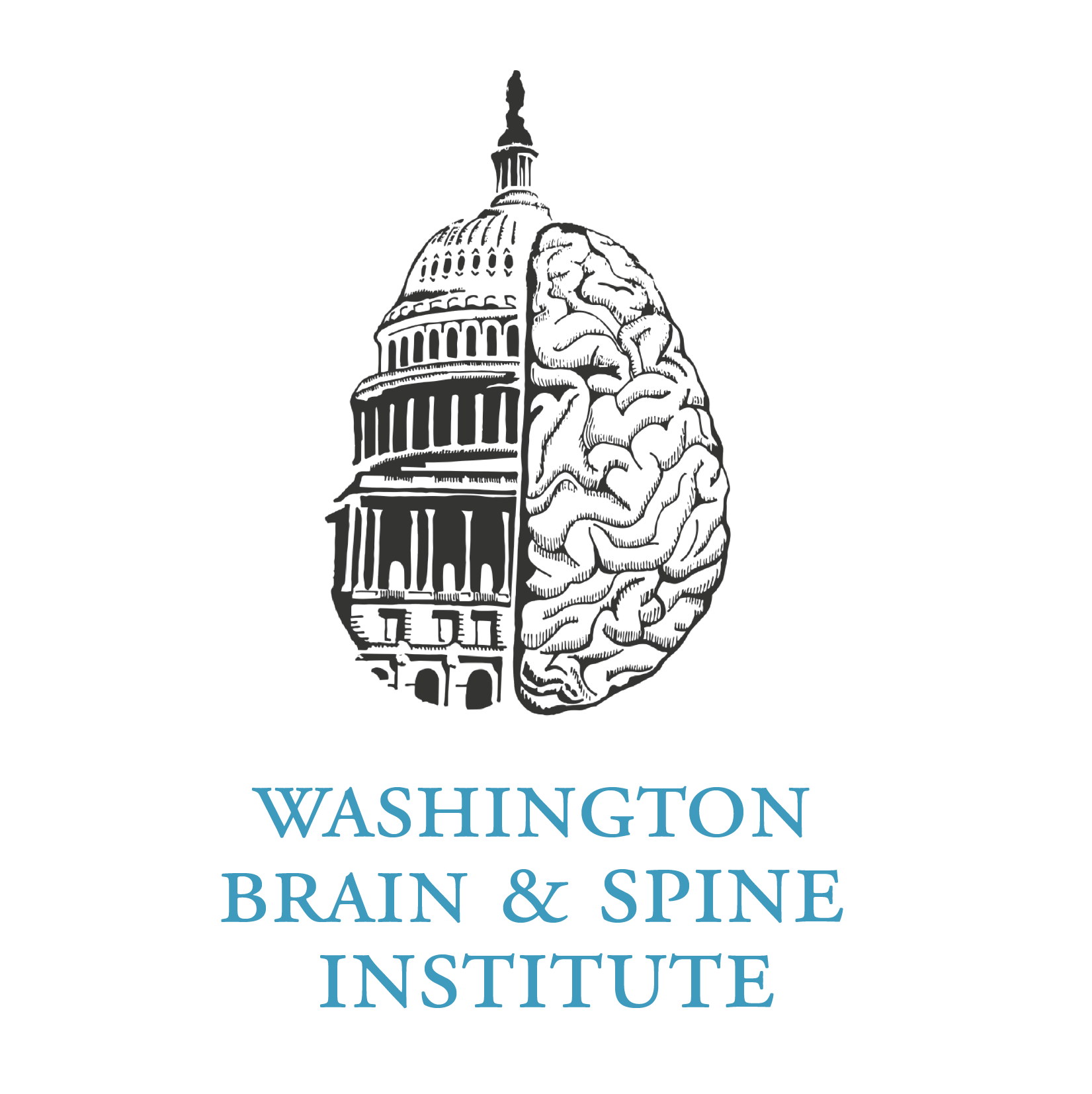Endovascular procedures
Endovascular procedures are utilized both for diagnostic and therapeutic purposes. Using a needle stick to introduce a catheter into the blood vessels of the brain or spine we can diagnose and treat a number neurosurgical problems. This is considered a minimally invasive approach and is often used in conjunction with other techniques to treat more complex problems.
Aneurysm Embolization
Cerebral Aneurysms are small “blisters” on the vessels around the brain. They can rupture and cause severe headaches, nausea and vomiting. This is a medical emergency and requires immediate attention. WBSI has two specialists trained in the treatment of aneurysms using the most modern and lease invasive techniques. Usually aneurysms can be treated with a catheter and no need for open surgery. This is true of emergent, ruptured and elective, un-ruptured aneurysms. Micro-catheters are threaded into the vessel with the aneurysm and stents and coils may be used to divert flow or occlude the aneurysm to prevent rupture.
AVM/AVF Embolization
Arteriovenous Malformations (AVMs) and Arteriovenous Fistulae (AVFs) are abnormal connections between arteries and veins in the brain or even spinal cord. They can cause symptom such as seizures, weakness, numbness by changing the blood flow to certain areas or by bleeding. They can be watched but often need treatment. This can be a mutlimodal approach using catheter based, minimally invasive procedures with non-invasive radiosurgery. Using micro-catheters, glue is introduced into the malformation or fistula. The In some cases a formal operation may be needed. The physicians and surgeons at WBSI are well equipped to treat AVMs in every way, using the appropriate techniques as need arrives.
Thrombectomy
Strokes occur when blood vessels are blocked. When this is detected early enough the vessel and be cleared on an emergent basis, using a catheter based procedure called Thrombectomy. Using special designed devices the vessel can be reopened and blood flow re-established. This can in some cases completely reverse the effects of the stroke. The WBSI cerebrovascular team has extensive experience in stroke treatment and covers multiple emergency rooms in the metropolitan area to offer acute stroke care.
Middle Meningeal Embolization
Middle Meningeal Artery (MMA) Embolization is an alternative method of treating chronic or recurrent subdural hematomas. Like most of the procedures in cerebravascular disease, a microcatheter and glue is used to occlude a vessel that is allowing for the re-accumulation of blood on the surface of the brain.
DIagnostic Angiogram
Diagnostic angiograms are used to better define the vascular anatomy of the brain or spinal cord. This helps make decisions about treatment. In addition, they may be used to help follow up on a known vascular issue of the brain or spinal cord.
Carotid Stenting
Carotid arteries supplying a great deal of blood to the brain. When they are narrowed there is increased risk for stroke. After diagnosis of carotid stenosis or narrowing one of the options is carotid stenting. This catheter-based procedure can open up the carotid artery and reestablish the normal blood flow to the brain. This significantly decreases the risk of stroke.
Tumor Embolization
Certain tumors of the brain have a significant blood supply. Often, the blood supply to the tumor can be cut off or decreased prior to surgery. This is done with a catheter entering up into the blood supply of the tumor. Material is then placed in these blood vessels which are separate from the blood vessels to the brain or other areas. This helps decrease blood loss during surgery and assists in surgical removal of the tumor. This is often done with meningiomas and other benign tumors of the brain.
